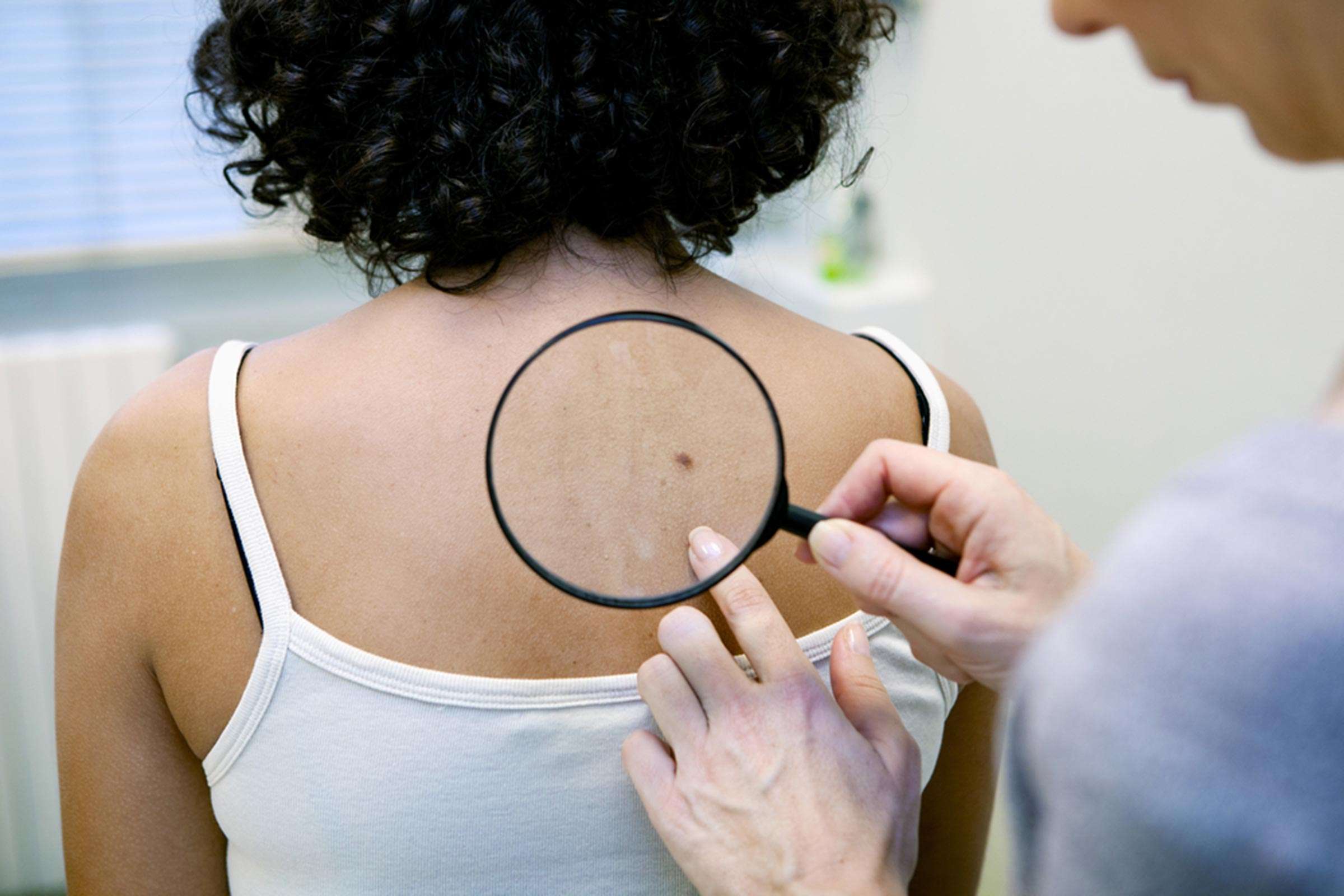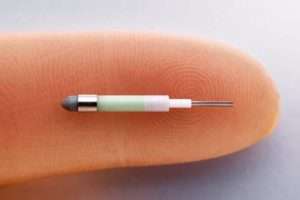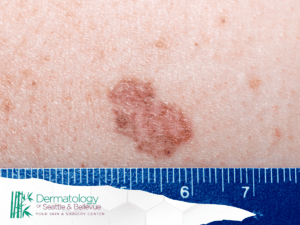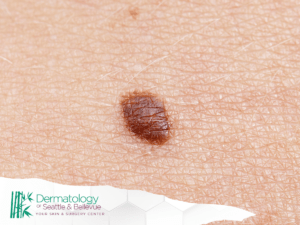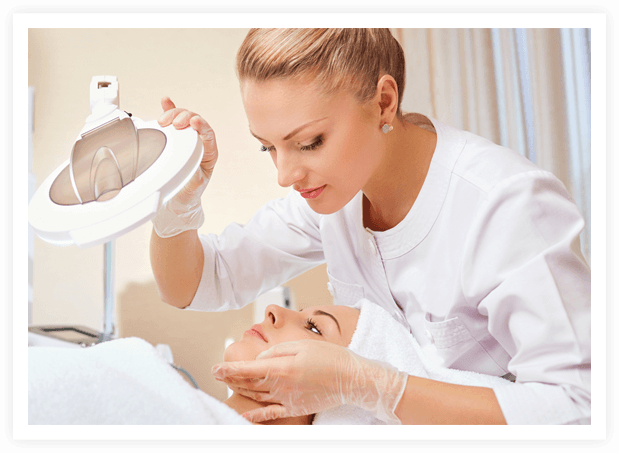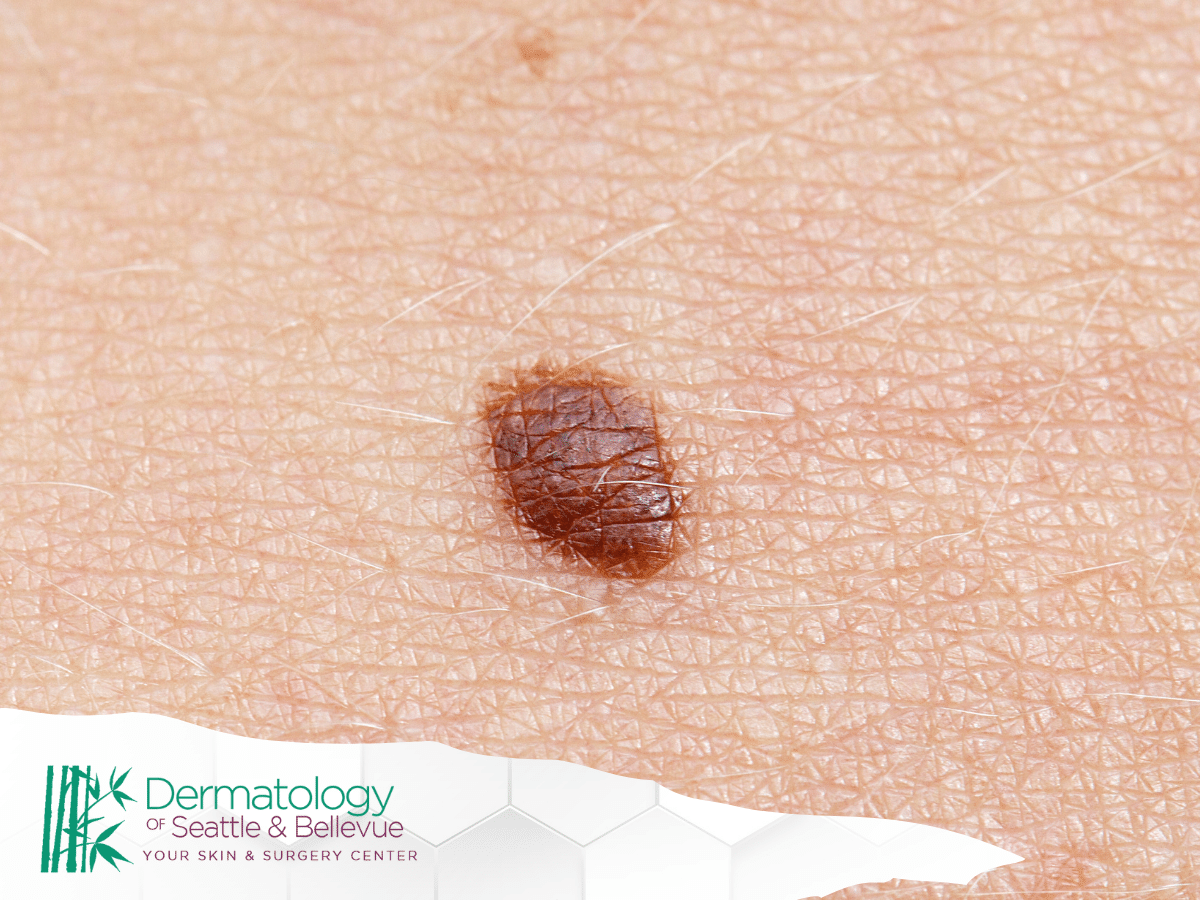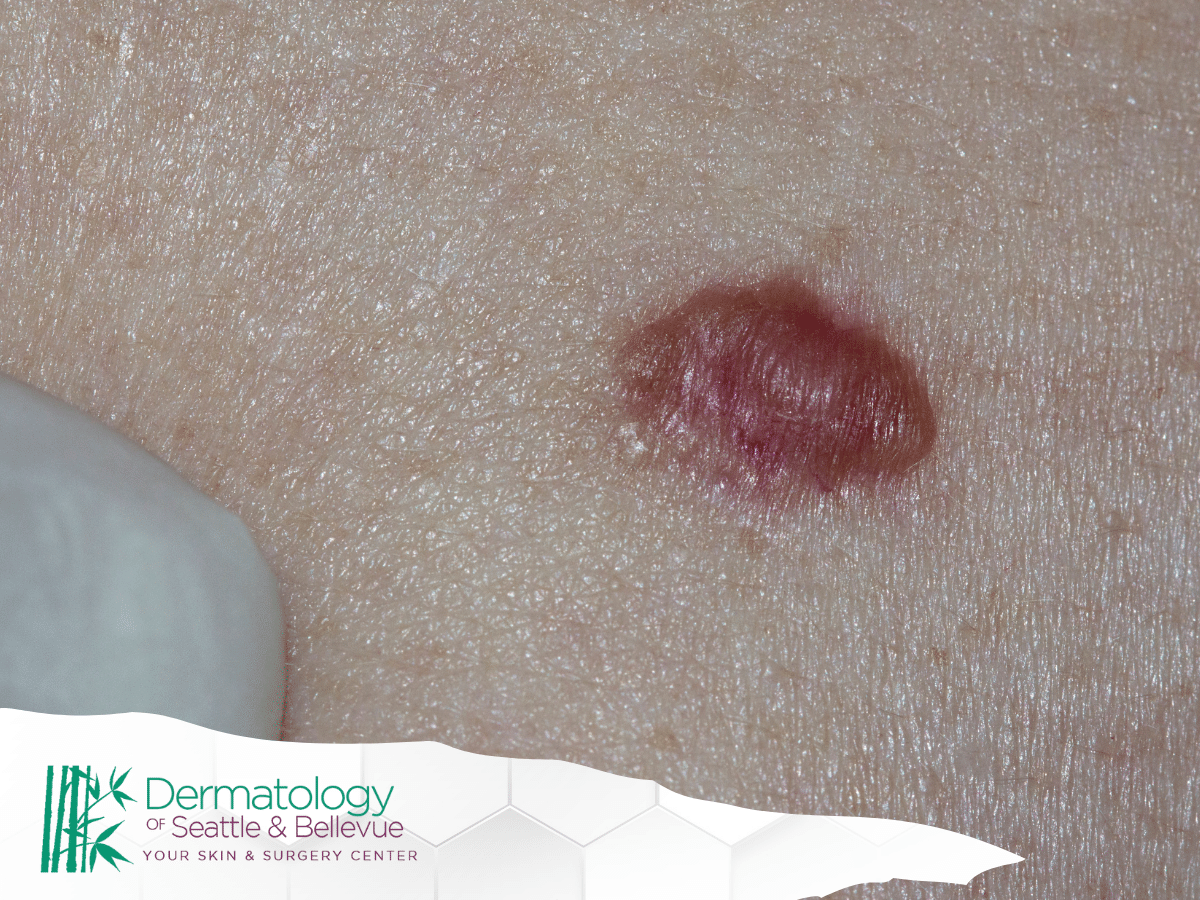Basal Cell Carcinoma (BCC) is the most common skin cancer, affecting millions of people worldwide. While it is rarely life-threatening, it should not be ignored. BCC, or basal cell carcinoma, is a type of skin cancer that originates in the body’s basal cells, which are found in the deepest layer of the epidermis.
Characteristics of Basal Cell Carcinoma (BCC):
Appearance: BCC often presents as a pinkish or pearly bump on the skin with a slightly elevated, rolled border. It may also resemble a sore that doesn’t heal.
Growth: Unlike other forms of skin cancer, BCC typically grows slowly and rarely metastasizes to other body parts. However, if left untreated, it can become invasive and cause damage to nearby tissues.
Risk Factors: BCC’s primary risk factor is excessive exposure to ultraviolet (UV) radiation from the sun or tanning beds. Individuals with fair skin, a history of sunburns, or a family history of skin cancer are more susceptible.
Location: BCC commonly appears on areas of the skin that are exposed to the sun, such as the face, neck, ears, scalp, and shoulders. However, it can develop anywhere on the body.
Why is BCC a Concern?
While BCC is generally slow-growing and has a low risk of metastasis, it can still cause significant local damage if not treated promptly. It can invade surrounding tissues, including bone and cartilage, leading to disfigurement and functional impairment.
Moreover, early detection and treatment of BCC are essential to prevent it from becoming more invasive and difficult to treat. In some cases, BCC can even recur after treatment if not completely removed.
In the following sections, we will explore the importance of timely BCC removal, the potential risks of delaying treatment, available removal options and procedures, and how to prevent and detect BCC early. It’s crucial to prioritize your skin health and take action if you suspect you have BCC or any other concerning skin lesion.
The Consequences of Ignoring Basal Cell Carcinoma
Basal Cell Carcinoma (BCC) is often considered a less aggressive form of skin cancer compared to melanoma, but this doesn’t mean it can be ignored. Ignoring BCC can have significant consequences for your skin health and overall well-being. In this section, we’ll delve into the potential repercussions of neglecting BCC:
- Local Tissue Damage: BCC may start as a small, seemingly harmless bump or sore, but over time, it can invade and damage nearby tissues. If left untreated, it can erode into bone, cartilage, and surrounding skin. This can result in disfigurement and functional impairment, particularly if it occurs on the face, nose, or ears.
- Delayed Diagnosis: Ignoring BCC can lead to a delayed diagnosis. When skin cancer starts as a small lesion can grow and change in appearance, making it more challenging for both you and your healthcare provider to identify. Delayed diagnosis may necessitate more extensive treatments.
- Recurrence: Even if BCC is removed, there is a risk of recurrence if it’s not completely eliminated during the initial treatment. This highlights the importance of early intervention to ensure all cancerous cells are eradicated.Ž
- Emotional and Psychological Impact: BCC, like any cancer diagnosis, can cause emotional distress. Delaying treatment can prolong this distress and lead to anxiety and uncertainty about the future.
- Financial Costs: Ignoring BCC can result in higher medical costs in the long run. More extensive treatments, surgeries, and additional doctor visits may be necessary if the cancer progresses.
- Impact on Quality of Life: BCC can significantly affect your quality of life if it leads to disfigurement or functional impairment. Everyday activities such as eating, talking, and even smiling may become challenging.
- Potential for Advanced Skin Cancer: While BCC itself is usually slow-growing and less likely to metastasize, delaying treatment can allow it to advance to more aggressive forms of skin cancer, such as squamous cell carcinoma (SCC) or melanoma.
In conclusion, ignoring Basal Cell Carcinoma (BCC) is not a risk worth taking.
BCC Removal Options and Procedures
When faced with a diagnosis of Basal Cell Carcinoma (BCC), discussing treatment options with your healthcare provider is essential. The way skin cancer is removed depends on factors like size, location, type, your health, and what you prefer. Here are some common BCC removal options and procedures:
- Excision: Surgical excision involves cutting out the BCC and a margin of healthy tissue around it. This method is effective for removing larger BCCs or those in sensitive areas. After excision, the wound is typically closed with stitches.
- Mohs Micrographic Surgery: Mohs surgery is a highly precise technique used for larger or recurring BCCs and those located in critical areas like the face. This process involves removing small tissue samples and examining them under a microscope. The goal is to ensure that no cancer cells are present before removing any healthy tissue.
- Curettage and Electrodesiccation: In this procedure, the BCC is scraped off with a curette (a spoon-shaped instrument) and then cauterized with an electric current to destroy any remaining cancer cells. It’s commonly used for smaller, superficial BCCs.
- Cryosurgery: Cryosurgery involves freezing the BCC with liquid nitrogen, causing it to blister and eventually fall off. It’s suitable for superficial BCCs and is a quick outpatient procedure.
- Topical Medications: For very early and superficial BCCs, topical creams or gels containing medications like imiquimod or 5-fluorouracil may be prescribed. These medications work to stimulate the body’s immune response against the cancer cells.
- Radiation Therapy: In cases where surgery is not possible or advisable, radiation therapy may be used to target and shrink BCCs. It’s often employed for BCCs in challenging locations or for patients who cannot undergo surgery.
- Laser Therapy: Laser therapy uses high-energy laser beams to target and destroy BCC cells. It’s suitable for specific types of BCCs, and multiple sessions may be required.
- Photodynamic Therapy (PDT): PDT involves applying a light-sensitive medication to the BCC and then exposing it to a special light source. This activates the medication and destroys the cancerous cells. PDT is used for superficial BCCs.
The choice of removal method depends on several factors, including the BCC’s characteristics, location, and individual health considerations. Your dermatologist will assess your specific situation and recommend the most suitable approach.
It’s important to note that early detection and treatment offer the best chances of a successful outcome. If you suspect you have a BCC or have been diagnosed with one, don’t hesitate to contact a dermatologist.
Recovery and Aftercare Following BCC Removal
After removing BCC, it’s important to take good care of your skin to heal well and get the best results. Your doctor will give you specific instructions for your procedure, but here are some general guidelines for recovery and care afterward.
1. Wound Care: Depending on the removal method, you may have stitches, an open wound, or a scab. Follow your healthcare provider’s instructions for wound care. This typically includes keeping the wound clean, dry, and covered with a sterile dressing. Avoid picking at or scratching the wound to prevent infection and scarring.
2. Pain Management: Some discomfort and mild pain are common after BCC removal. Your doctor may prescribe pain medication or recommend over-the-counter pain relievers to manage any discomfort. Follow the recommended dosage and consult your healthcare provider if you have concerns.
3. Activity Restrictions: Your healthcare provider may advise you to limit certain activities during the initial recovery period. This could include avoiding strenuous exercise, heavy lifting, and activities that could strain or reopen the wound. Be sure to follow these guidelines to promote proper healing.
4. Sun Protection: Protecting your skin from the sun is crucial, especially after BCC removal. Even brief sun exposure can damage healing skin and increase the risk of complications. Wear protective clothing, use a broad-spectrum sunscreen with SPF 30 or higher on sun exposed areas, and avoid direct sun exposure, especially during peak hours.
5. Follow-Up Appointments: Attend all scheduled follow-up appointments with your healthcare provider. These visits are essential for monitoring your healing progress, removing stitches if necessary, and addressing any concerns or complications.
6. Scarring: Depending on the removal method and your skin type, scarring may occur. Discuss scar management options with your healthcare provider, such as silicone gel or sheets, to minimize scarring over time.
7. Watch for Complications: Keep an eye on the treated area for any signs of infection, excessive swelling, redness, or unusual discharge. If you notice any concerning changes, contact your healthcare provider promptly.
8. Patience: Healing takes time, and the appearance of the treated area may continue to improve over several weeks to months. Be patient with the process and follow your healthcare provider’s advice for optimal results.
9. Skin Health Maintenance: After recovering from BCC removal, it’s essential to continue practicing good skin health habits. This includes regular skin self-examinations to monitor for any new or suspicious lesions and checking your skin by a dermatologist.
Remember that early detection and treatment offer the best outcomes for BCC and help reduce the risk of recurrence. If you have any concerns or questions during your recovery, don’t hesitate to reach out to contact Dermatology of Seattle & Bellevue for guidance and support. You can enjoy healthy, cancer-free skin with proper care and vigilant aftercare.

